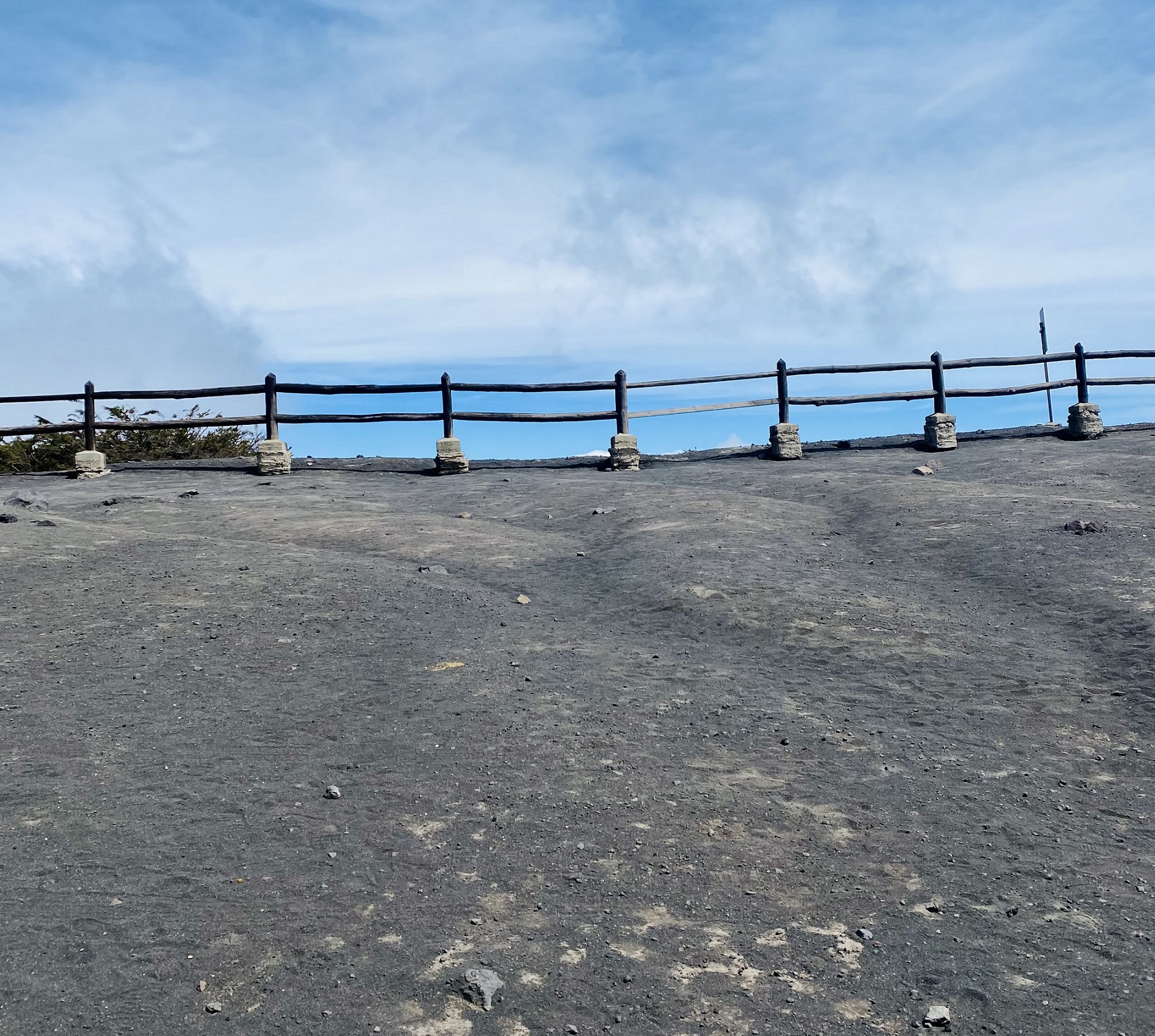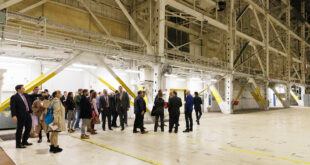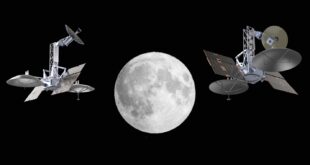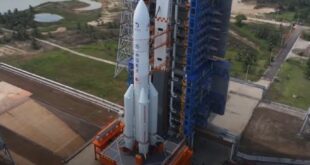By Maryam Safaifard Barrelier

Our journey to the universe can be improved by incorporating biological strategies.
Imagine that we are part of a group responsible for planning a space journey, and our primary guiding principle is to use biomimicry as a tool to inspire the solutions we will need to develop.
“Biomimicry involves solving problems by studying and emulating natural processes. For example, the design of whale-inspired wind turbines draws inspiration from the humpback whale.” These studies have been done through the observation of behaviors and characteristics of all types of living creatures living in this world. It holds the key to billions of years of research and development of sustainable, circular, and regenerative solutions.
While space exploration endeavours to find answers for the sustenance of life on other planets, there exists an equally compelling opportunity to seek these solutions within the confines of our extraordinary life laboratory, our planet Earth. Within this vast and intricate ecosystem, we have the potential to unearth not only Earth-centric solutions but also to unveil broader strategies and life principles that are indispensable for ensuring the perpetuation of life in the harsh environment of outer space, where conditions differ significantly.
Janine Benyus’ profound observation rings true: ‘Life creates conditions conducive to its own existence.’ This profound insight underscores the innate capacity of life to adapt and thrive by developing innovative strategies and mechanisms, a process that has been honed and perfected over a staggering span of 3.8 billion years.
It is this unique reservoir of nature’s knowledge that we can tap into through the lens of biomimicry. By doing so, we can expedite the generation of groundbreaking ideas and accelerate the development of prototypes, harnessing knowledge-based solutions that are pivotal to achieving our primary goal: the preservation of life in all its diversity and the safeguarding of every species for the future
What are these life principles? According to Biomimicry 3.8, a renowned bio-inspired consultancy, the way Earth operates is underpinned by a set of fundamental principles that life has developed over millennia to ensure its survival and prosperity. These guiding principles include: evolving to survive, adapting to changing conditions, being locally attuned and responsive, using life-friendly chemistry, being resource efficient, and integrating development with growth.
With biomimicry as a tool for learning from nature, we can create our path to the universe.
How do these principles relate to space exploration? By observing and imitating nature, we gain access to a roadmap for designing and implementing sustainable, regenerative, and innovative solutions capable of addressing a broad spectrum of challenges, including those inherent to space exploration. Let’s take a close look at these principles and explore their applications in the context of space.
- Survival and Adaptation: Technologies that can survive the high radiation, vacuum, and temperatures of space may be developed by taking inspiration from organisms like extremophiles, which flourish in harsh settings on Earth.
- Adaptive materials: Create materials with the ability to alter their characteristics in reaction to external factors, much like certain animals do. Examples of such materials are those that can alter their thermal characteristics or self-heal in reaction to harm.
- Local Attunement and Responsive: Reduce the need to transfer everything from Earth by designing systems that can gather and use resources like water and minerals from asteroids or other celestial bodies.
- Life-Friendly Chemistry: Provide life support systems that recycle waste, water, and air using non-toxic, eco-friendly chemistry. Use biological processes, for instance, to treat wastewater and purify the air.
- Resource Efficiency: Make resource management closed-loop systems, modeled after the effective material recycling and reuse found in ecosystems. This covers resource usage optimization and trash recycling. Create propulsion systems that resemble fish or birds’ effective migration through their respective environments. More energy-efficient spacecraft and propulsion technologies may result from this.
- Integration of Development with Growth: Create spacecraft and habitats that are easily expandable or customizable to meet changing needs. Space habitats can be made to adapt to a growing population or changing needs, just as organisms develop and change over time.
Space exploration requires the use of advanced technology and human ingenuity to conquer the unique and extreme conditions of outer space. The awakening of humans to space is also a story of migration and pushing the limits of endurance. Biomimicry has already proven invaluable in the development of space exploration technologies.
For instance, NASA has funded projects like the RoboSimian robot, which draws inspiration from the spider monkey and demonstrates remarkable climbing and balancing abilities in challenging environments. Biomimicry finds application in various aspects of space exploration, encompassing biomaterials, structural design and biomechanics, mobility systems, cybernetics, neural networks, sensors, vision technology, actuators, bioelectronics, artificial intelligence, biorobotics, scientific instruments, tensegrity robots, evolved antennas, gecko grippers, and sensory systems modeled after a fly’s eye.
We are motivated to push the boundaries of our endurance by this tenacious spirit of exploration and our insatiable thirst for knowledge, which is reminiscent of the tenacity of earlier explorers who endured the most difficult situations and habitats on Earth. In our never-ending search for the solutions to the universe’s riddles, we must overcome obstacles both psychologically and physically in order to comprehend the cosmos and maybe create a permanent human presence beyond our home planet. As we contemplate the physical characteristics that make us human, we may discover the attributes necessary for securing a place on this unpredictable voyage. Such a journey might indeed be one-way, much like every voyage we embark upon on our home planet.
On Earth, nature has had more than 3 billion years to solve problems.
Where to start? With biomimicry. Why? With it we can reverse engineer biological solutions to obtain their life’s principles and apply them in the development of space exploration. Every year, millions of animals migrate thousands of miles by land, sea, or air, pushing the limits of what is possible. Animals usually migrate to different places. When they do it, they have a reason for doing it. Usually, when they do it, it is a response to predation, altitude, rainfall, or temperature. Besides, there must be a time for adaptation. This simple knowledge that there is a reason becomes a part of biomimicry that has to be studied, because we must have reasons to migrate in order to find where to go, how to go, and how to do it. Let’s draw inspiration from specific animals and their characteristics that can inspire solutions for various space mission phases. While the circumstances are different, there are valuable insights to be gained from nature.
- Launch and Ascent: Thermal updrafts are used by birds to ascend. Biomimicry may provide a pathway toward the development of launch vehicles that leverage natural updrafts and wind patterns to achieve more efficient ascents into Earth’s atmosphere.
- Orbital Navigation: Using the sun’s position and the Earth’s magnetic field, birds navigate in orbit, much like homing pigeons. Similar magnetometers and sun sensors could be used by spacecraft to help with celestial navigation while in orbit.
- Landing and Entry: To travel upstream, salmon utilize the sun, the Earth’s magnetic field, and chemical cues. Biomimicry could be used to create spacecraft entry and landing technologies that take advantage of these indications or sensors to ensure precision and dependability during landing on celestial planets.
- Mobility and Planetary Exploration: Whales are renowned for their adept swimming abilities. To ensure fuel conservation during long-distance planetary exploration, biomimicry could be used to inspire propulsion systems for planetary rovers or landers that imitate the energy-efficient swimming motions of whales.
- Space Habitats and Life Support: Monarch butterflies navigate by utilizing a variety of environmental cues. The creation of autonomous life support systems that adjust to shifting conditions in space habitats, much like butterflies do when migrating, may benefit from biomimicry.
- Sensory Systems: Arctic terns are migratory birds that travel great distances while exhibiting incredible stamina. The development of adaptive spacecraft sensors that track and respond to shifting space environments to guarantee extended mission longevity may be influenced by their sensory systems.
- Autonomous Adaptation: Whales use effective propulsion strategies to travel great distances during migration. The development of spacecraft with adaptable propulsion systems that can alter or adapt to diverse habitats and situations, much as whales adjust their swimming to changing water conditions during migration, could be influenced by biomimicry.
On Earth, nature has had more than 3 billion years to solve problems, the same kind of problems we need to solve to advance in space exploration. With biomimicry as a tool for learning from nature, we can create our path to the universe with the principles of life in its essence. In a way, Earth is showing us how life involves adaptation, evolution, learning, and prototyping. This migration has to be done in the best way possible. Where we come from may have the answers for where we want to go. As Feynman once said, “What I cannot create, I cannot understand.” Maybe next time you are thinking outside the box, turn your eyes to nature for thinking outside this planet.

Maryam is a young professional specializing in Strategic Communication. She collaborates with the Aerospace Engineering Group at the University of Costa Rica, working on groundbreaking projects that merge aerospace technology with inspiration from nature, specifically, biomimicry. These projects address pressing global challenges.
Her love for nature and boundless curiosity about science propel her. She excels in establishing fruitful alliances with researchers, institutions, and organizations, understanding that cooperation is the key to success in the dynamic research landscape. She’s passionate about transdisciplinary research, which unites various areas of knowledge.
Her communication skills are vital in ensuring effective teamwork, and facilitating cooperation among experts from diverse backgrounds. Her enthusiasm extends to her role as a creative problem solver and idea contributor to research projects.
Currently, she’s broadening her horizons through an educational exchange program in Germany. Here, she’s explores the potential for creativity to flourish when individuals with different academic and geographical backgrounds come together.





